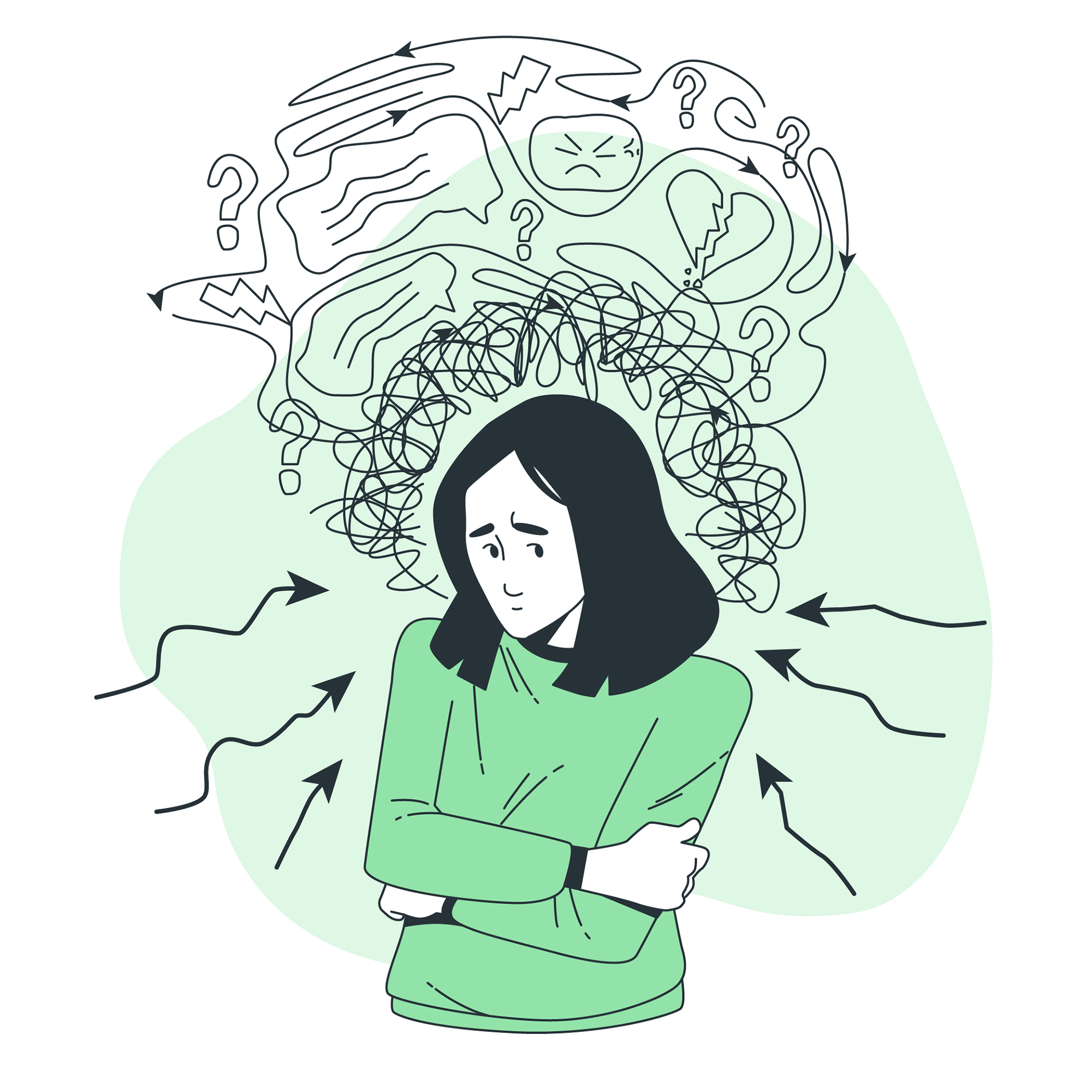No matter how hard you try to "calm down," living with anxiety can feel like you're caught in a never-ending cycle of tension, worry, and fear. Furthermore, anxiety disorders are distinct from occasional anxiety, which is a natural part of life. They may disrupt your quality of life, relationships, and day-to-day activities. Thankfully, there are now many evidence-based anxiety treatment approaches available to help control, lessen, and frequently even eliminate these enduring symptoms.
We'll go over five of the best therapy techniques for anxiety used by mental health practitioners worldwide to treat anxiety disorders in this post. Whether you've just received a diagnosis, are considering your options, or are simply helping a loved one, this guide will provide you with a solid foundation in understanding what works—and why.
1. CBT, or Cognitive Behavioral Therapy
The best method for treating anxiety is cognitive behavioral therapy. Targeting the ideas, actions, and emotions that contribute to anxiety, it is a methodical, short-term, and goal-oriented approach. The National Institute of Mental Health reports that 60–80% of patients experience a significant reduction in symptoms as a result of CBT.
Fundamentally, cognitive behavioral therapy (CBT) for anxiety assists people in recognizing faulty thought patterns (such as overgeneralizing or catastrophizing) and substituting them with more realistic, balanced thinking. CBT for anxiety is ideal for phobias, panic disorder, social anxiety, and generalized anxiety disorder. In order to confront and desensitize the patient to anxiety triggers, the therapy also uses behavioral strategies like exposure exercises.
2. Mindfulness-Based Therapy (MBSR & MBCT)
By altering your relationship with your thoughts rather than attempting to alter the thoughts themselves, mindfulness therapy has become popular as a potent anxiety management technique in recent years. This type of therapies are ideal for: health anxiety, panic, and generalized anxiety.
Mindfulness meditation is combined with conventional cognitive techniques in Mindfulness-Based Cognitive Therapy (MBCT) and Mindfulness-Based Stress Reduction (MBSR). These techniques assist people in reducing reactivity, staying in the moment, and observing anxious thoughts without passing judgment.
According to a 2014 meta-analysis that was published in JAMA Internal Medicine, mindfulness programs greatly enhanced outcomes related to stress, anxiety, and depression; in certain situations, these improvements were comparable to those of antidepressants.
3. Therapy by Exposure
Exposure therapy, one of the more specialized forms of anxiety treatment, helps the brain "unlearn" the fear response by methodically and gradually facing the fears that trigger anxiety. Exposure therapy is ideal for panic disorder, ptsd, social anxiety, and phobias.
Exposure therapy provides a safe setting for confronting and ultimately desensitizing to the feared object or circumstance, as opposed to avoiding it (which only serves to exacerbate anxiety).
So why does it work? Fear is strengthened by avoidance. Your brain learns from exposure that the feared event is not as dangerous as it first appears to be. It has a high success rate when used in conjunction with CBT to treat PTSD and certain phobias.
4. Commitment and Acceptance Therapy (ACT)
ACT is a contemporary behavioral therapy that blends commitment and action toward leading a values-driven life with acceptance techniques. It focuses on improving anxiety coping skills rather than eradicating anxiety. ACT works best for OCD, social anxiety, and generalized anxiety.
Indeed, studies have demonstrated that ACT is particularly beneficial for chronic anxiety disorders where emotional repression and avoidance are prevalent patterns. Finding your core values to direct behavior, practicing mindfulness, and cognitive defusion—or separating oneself from thoughts—are important strategies. This teaches patients that uncomfortable feelings are normal and don't have to dictate how they behave.
5. DBT, or dialectical behavior therapy
DBT was initially created to treat borderline personality disorder, but it has also shown promise in treating anxiety, especially when it stems from severe emotional fluctuations or self-destructive behaviors. DBT has always been beneficial for co-occurring disorders (like Borderline Personality Disorder) and anxiety with emotional dysregulation.
DBT combines emotion regulation, distress tolerance, interpersonal effectiveness, and mindfulness (similar to ACT). It's particularly helpful for people who experience overwhelming anxiety and act impulsively when under pressure.
Complementary and Integrative Methods
Although these top five are thought to be the fundamental therapy approaches for coping with anxiety, many therapists employ a combination of techniques that are customized for each patient. Particularly in cases where anxiety is trauma-related or highly somatic, methods such as hypnotherapy, somatic therapy, and EMDR (Eye Movement Desensitization and Reprocessing) are also employed.
Furthermore, a lot of people combine therapy with lifestyle modifications like:
Frequent physical activity.
improved sleeping habits.
dietary modifications.
support communities.
medication (as directed by a psychiatrist).
Final Thoughts:
There is no "one-size-fits-all" approach to anxiety management. The most effective anxiety treatment methods are the ones that suits your needs and objectives. While some people find healing through mindfulness or the values-based framework of ACT, others react well to the structured nature of CBT.
You can investigate these methods and create a customized treatment plan with the assistance of a licensed mental health professional. Regaining your sense of control, developing emotional resilience, and leading a life that is consistent with your values are the goals of therapy, which goes beyond simply treating symptoms.


